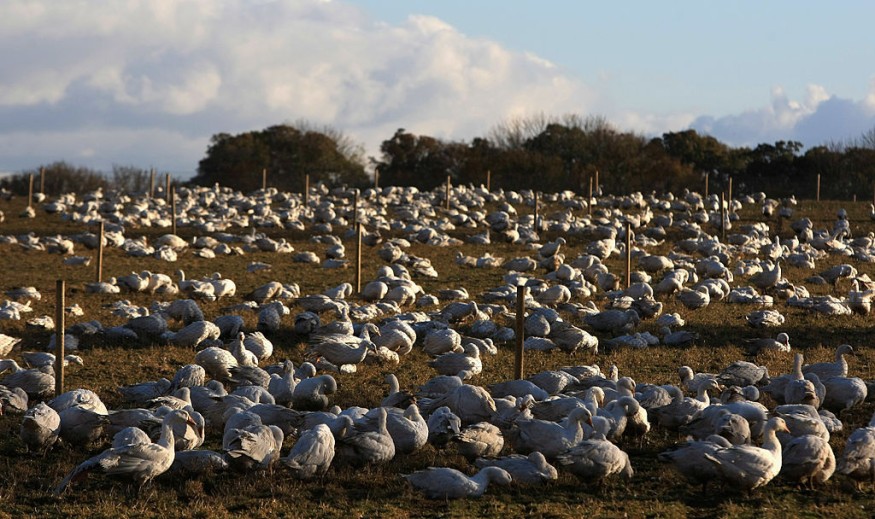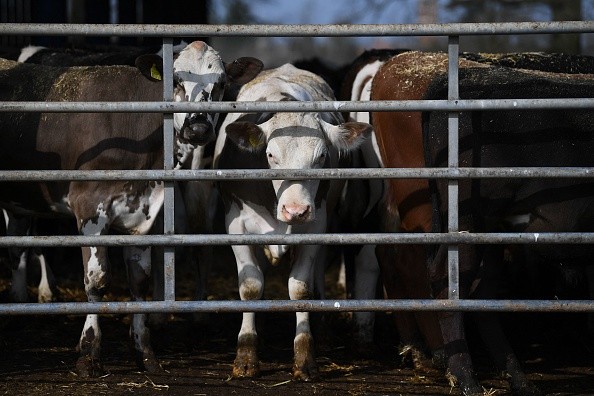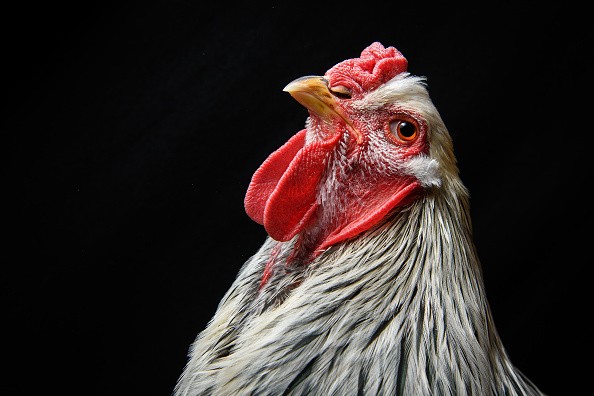According to a new study, the spread of 'free-range' farming may increase the likelihood of animal-borne pandemics. If we cannot drastically reduce meat consumption, the authors believe that intense "factory farming" may be less harmful.

Veterinary and Ecological Study
A major study conducted by veterinarians and ecologists discovered that industrial farming of animals such as pigs, poultry, and cattle to provide meat for hundreds of millions of people might reduce the risk of pandemics and the emergence of dangerous diseases such as Sars, BSE, bird flu, and Covid-19 when compared to less-intensive farming.
Despite reports from the UN and other bodies linking intensive livestock farming to the spread of zoonotic (animal-borne) diseases in the aftermath of Covid, the authors argue that "non-intensive" or "low-yield" farms pose a more severe risk to human health because they require far more land to produce the same amount of food.
It is suggested that this increases the likelihood of deadly viral "spillover" between animals and humans because it causes habitat destruction, displaces disease-carrying wild animals like bats and rats, and puts them in closer contact with farmed animals and humans.
Rapidly Expanding Demand

The report's authors, who published it in the journal Royal Society Open Science, recognize that fast expanding consumer demand for meat and other animal products poses a substantial risk to humanity.
"The dangers of new infectious illnesses are growing." "Livestock biomass now significantly outnumbers that of wild animals and birds, and livestock hosts progressively outstrip wildlife hosts for infections they share," the report said.
While abolishing animal farming would eliminate much of the illness risk, the authors suggest a significant reduction in meat consumption would be "difficult" to achieve.
Instead, the report investigated whether intense or less intensive farming was a better alternative for lowering disease risk.
Livestock Migration
Because of long-distance livestock migrations, congested farms, poor animal health and welfare, low disease resistance among animals, and limited genetic diversity, intensive livestock farming has been widely criticized for raising the danger of bird and pig flu and other pandemics.
However, data on disease onset in intensive farms is scant, according to the paper, and often ignores how land use impacts risks.
"High-yield or 'intensive' livestock farming is blamed for pandemics, but those calling for a shift away from intensive farming frequently fail to consider the counterfactual - the pandemic risk of farming less intensively and, in particular, the implications for land use," says lead author Harriet Bartlett.
"Compared to high-yield farms, low-yield farms require significantly more acreage to produce the same amount of food." A broad shift to low-yield farming will destroy and disrupt enormous amounts of natural habitat. This raises the possibility of viral spillover [the initial transmission from a wild animal] by upsetting species that might house the next pandemic virus and increasing interaction between wildlife, humans, and livestock.
"Lower-yielding farms typically involve larger livestock populations, poorer biosecurity, more workers, and more farming area, resulting in different, but not necessarily lower, disease risks than higher-yielding systems producing the same amount of food," according to a report by vets and ecologists from Cambridge and Leeds universities.
According to Bartlett, a global move away from intensive farming would need an amount of land about the size of India, raising the possibility of spillovers. "Because of habitat change and fragmentation, we cultivate in areas where cattle and people [come into greater contact] with stressed populations of wild animals."
Evidence that zoonotic illnesses occur more frequently in intensive farming systems than in large agricultural systems is highly discussed, with governments and the £150 (Around $185) billion poultry and animal industries saying that intensive farming is typically quite safe and now necessary. Animal rights activists claim that such farms are breeding grounds for illness.
Studying Chicken Farms

According to the research, chicken farms characterized as "industrial" and "backyard" played a part in Thailand's 2004 epidemic of highly pathogenic avian influenza (HPAI). However, it is unclear whether played a larger influence - "spillover in 'backyard' production due to inadequate biosecurity allowing interaction between wild and domesticated birds, or amplification and reassortment from low to high pathogenicity in 'industrial' systems."
It is commonly assumed that extensive pig farming near bat colonies caused the appearance of the Nipah virus in pigs and people in 1999 and Mers in Saudi Arabian camels. Covid is thought to have started in a Chinese wildlife farm before spreading to an urban "wet" market, according to WHO experts.
According to Dr Guillaume Fournié, an epidemiologist at the Royal Veterinary College in London, apparently improved biosecurity on intensive farms is not necessarily a barrier to disease spread.
He stated that the current wave of bird flu outbreaks in Europe "showed how difficult it may be to guarantee adequate biosecurity standards and how this may lead to an onward spread in high farm-density regions."
Related Article : Scientists Double Effort to Find Possible Next Pandemic, Caused by Other Zoonotic Diseases
For more health and medicine related news, don't forget to follow Nature World News!
© 2025 NatureWorldNews.com All rights reserved. Do not reproduce without permission.





